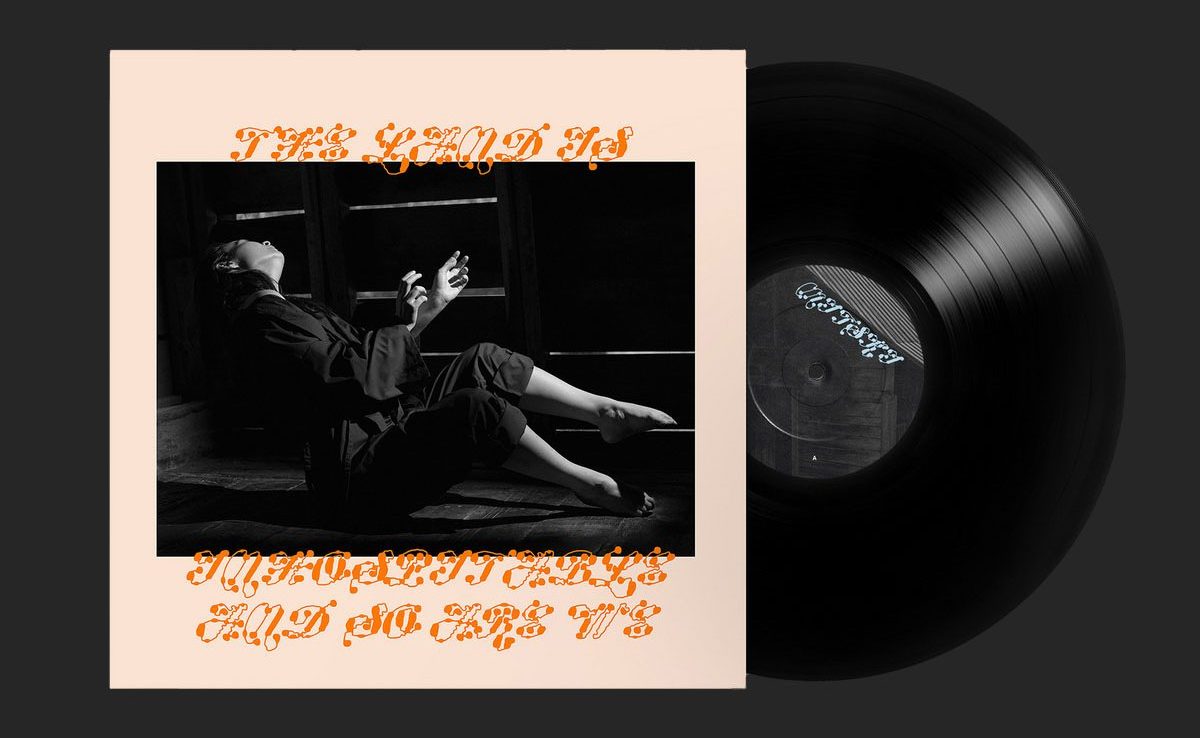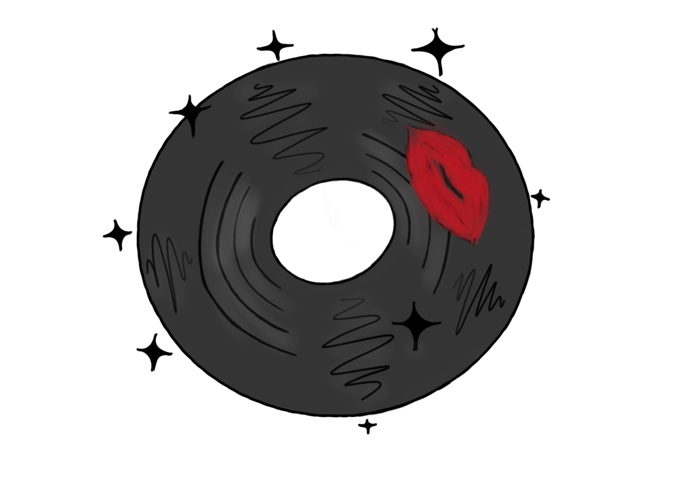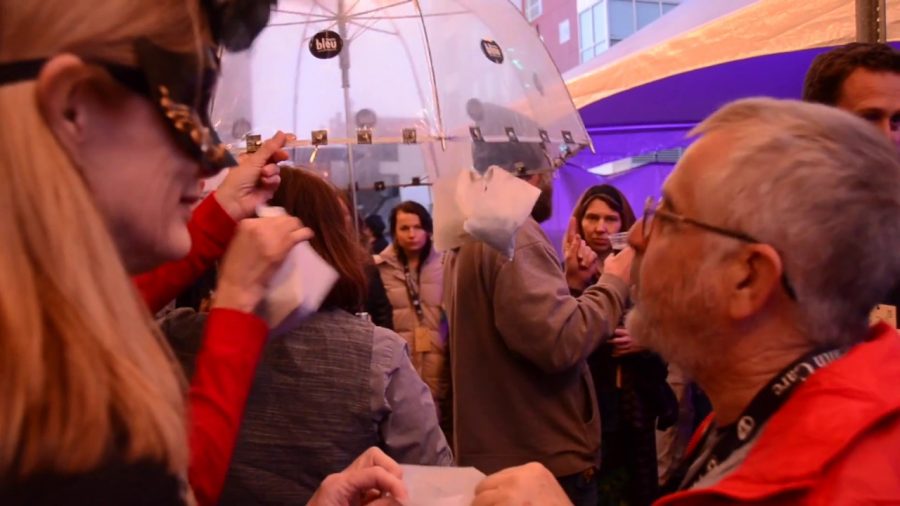
No matter how tragic a movie is, no matter how much I want to cry, I can’t, which just ends up making me emotionally exhausted. And I Am Breathing is one of the most beautifully tragic films I’ve seen.
It tells the story of a man named Neil Platt, who was diagnosed with Motor Neurone Disease (also known as ALS or Lou Gehrig’s disease) in 2008, at the regrettably young age of 34. He had been married to his wife, Louise, since 2004 and they had their first child, Oscar, in 2007.
MND, an incurable disease, attacks the neurons that send messages from the brain to the muscles, making movement impossible. Platt, soon after diagnosis, was paralyzed from the neck down.
It seems like Platt was handed misfortune after misfortune. MND ran in his family and took his father’s life at the age of 51 when Platt was a teenager. Platt knew from a young age that he had a 50-50 chance of getting the fatal disease, and he ended up getting it almost 20 years earlier than his father had. He had just married, had just had a son, and now he would hardly get to know a life with the both of them. With the loss of mobility, he had to give up being an architect.
There are a lot of ways to handle an intimate portrait of the death of a man who knows he’s got very little time, and many of them are distasteful. Of the few ways to handle this sort of film with taste, it is near impossible to make the film beautiful and provocative as well, but I Am Breathing managed to do it.
The documentary didn’t focus so much on the “inevitable, rapidly approaching death” aspect of his life, or the strains it had on Platt’s relationship with his wife, or the fact that the couple knew their young son also had a 50-50 chance of getting the disease. It didn’t force the sadness or the beauty or anything else.
Instead, the film was honest. Though Platt was paralyzed and dying, the story was told with his voice the whole way through. It didn’t rely on interviews from those close to him, it told the story the way he needed it to be told. And the reality was, Platt was determined to continue to truly live life for as long as possible, to not simply exist. The film was often funny, happy and improbably light because Platt never lost his sense of self.
In the face of such incredible tragedy, it was stunning and inspiring to see Platt retain his sense of normalcy. He regretted not “living” nearly as much as he wanted to in his 34 years, but he was determined to make his last year worth it. He wanted to spread his story as much as possible, to raise awareness of the disease so that MND could be prevented in the future. He even wrote a blog, each post of which is now being republished until Global MND Awareness Day, using a voice-command computer.
The loss of all mobility was extremely hard for Platt, but he knew that with the loss of speech, he would no longer be himself. He asked, “What possible benefit could I be to anybody?” This is why he made a directive saying that with the loss of speech and ability to swallow, he wanted to be cut off from the ventilator that allowed him to breathe. He was adamant that “the freedom to communicate is our strongest, most powerful freedom.”
I don’t remember being more heartbroken than when suddenly, one day, he lost the ability to speak clearly. As his trembling lips struggled and failed to form any more words, tissues were collectively pulled out of purses around the theater. It felt like everyone in the theater had made a friend in Platt, and it was heart-wrenching to know not only that we had such little time left with him, but that he and his wife knew, in that instant, that the end had almost come.
Within hours of going to the hospice, Platt died. He left behind a letter and a memory-box for Oscar. Taking a departure from its honest, light style, the film set each item in the memory box against a black background and sad music. A stuffed bear, a leather jacket, his watch, still ticking on.
If not for MND, Platt and his life seemed to be remarkably ordinary. But in looking more closely at him in the face of death, the film showed that in fact, he was a remarkably exceptional human. It showed that maybe we’re all remarkably and beautifully exceptional. In the most unconventional, light and happily honest way I’ve ever seen, the film showed that there is so much more to life than surviving it. That to live is far more important than to exist. That even the ability to scratch an itch is a blessing. The movie was eye-opening and profound, and I highly encourage seeing it.
By Urmila Kutikkad
































































































